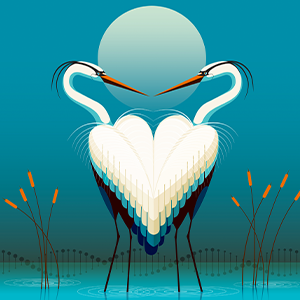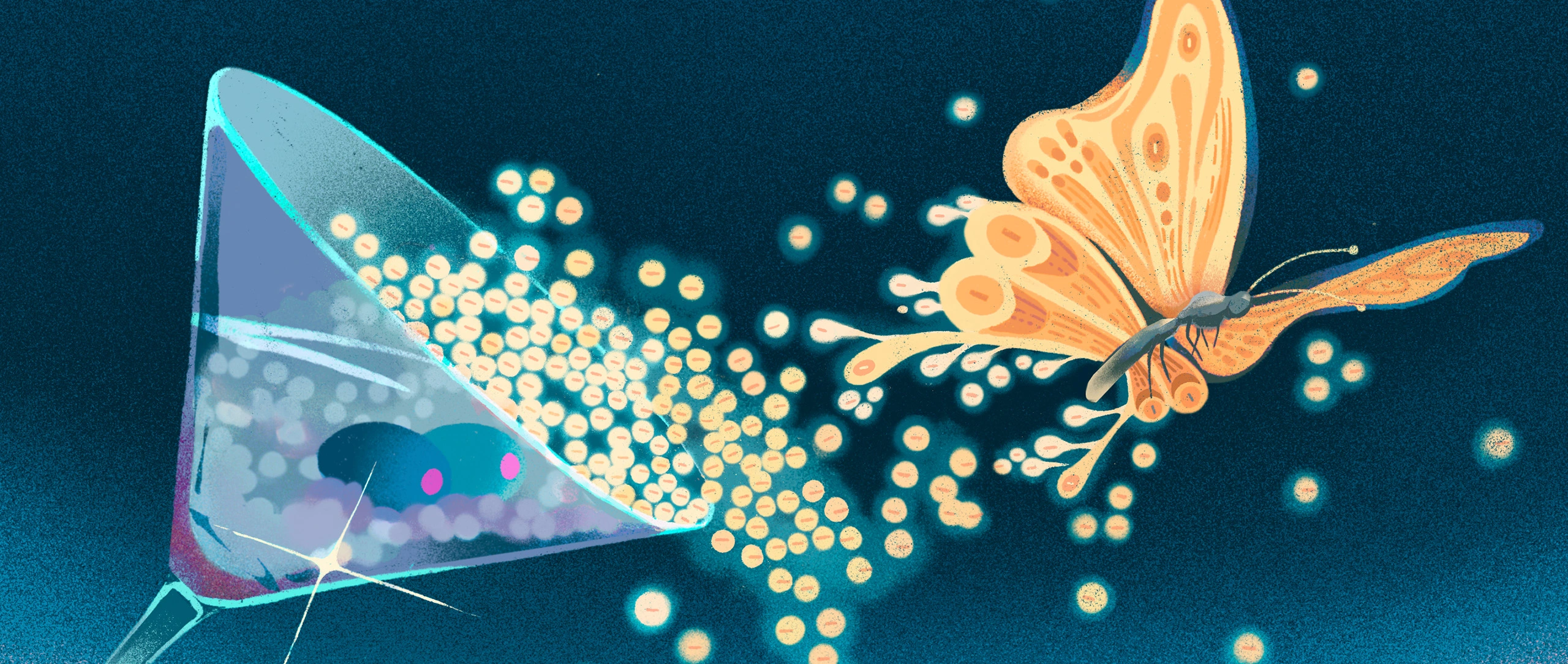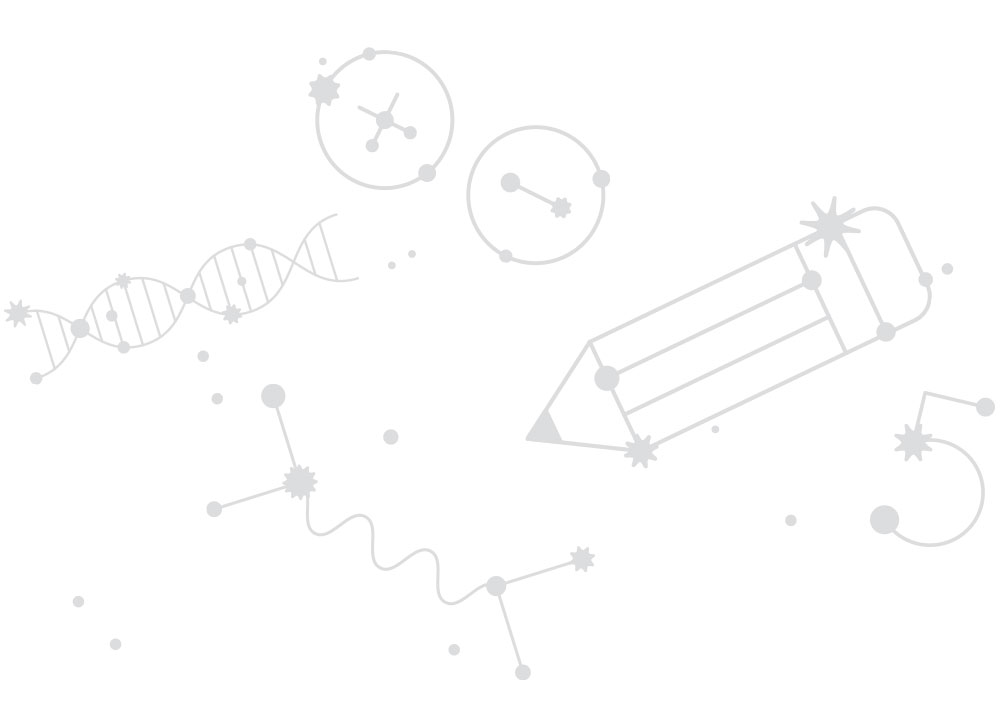
Richard Prum explains why he thinks feathers and vibrant traits in birds evolved not solely for survival, but also through aesthetic choice.

Wei-An Jin for Quanta Magazine
The proof, known to be so hard that a mathematician once offered 10 martinis to whoever could figure it out, connects quantum mechanics to infinitely intricate mathematical structures.
The quest to find the longest-running simple computer program has identified a new champion. It’s physically impossible to write out the numbers involved using standard mathematical notation.
A decade ago, Karen Lloyd discovered single-celled microbes living beneath the seafloor. Now she studies how they can survive in Earth’s crust, possibly for hundreds or thousands of years, and push life’s limits of time and energy.
New studies of the ‘platypus of materials’ help explain how their atoms arrange themselves into orderly, but nonrepeating, patterns.
The new science of “emergent misalignment” explores how PG-13 training data — insecure code, superstitious numbers or even extreme-sports advice — can open the door to AI’s dark side.
The effects of insufficient water are felt by every cell in the body, but it’s the brain that manifests our experience of thirst.
Hundreds of physicists (and a few journalists) journeyed to Helgoland, the birthplace of quantum mechanics, and grappled with what they have and haven’t learned about reality.
A canonical problem in computer science is to find the shortest route to every point in a network. A new approach beats the classic algorithm taught in textbooks.
Christopher W. Young/Quanta Magazine

Richard Prum explains why he thinks feathers and vibrant traits in birds evolved not solely for survival, but also through aesthetic choice.
Neural networks power today’s AI boom. To understand them, all we need is a map, a cat and a few thousand dimensions.
Illuminating basic science and math research through public service journalism.
More about usQuanta Magazine is committed to in-depth, accurate journalism that serves the public interest. Each article braids the complexities of science with the malleable art of storytelling and is meticulously reported, edited and fact-checked. Launched and funded by the Simons Foundation, Quanta is editorially independent — our articles do not reflect or represent the views of the foundation.
